CenTex Farmall
Well-known Member
Here is a '41 M I picked up a couple of months ago. (First five photos) The configuration of the carb and regulator is just like that of the Super M LP's I've seen and Super MTA's. The tank is from San Angelo and is dated '55. The Gauge cluster fits the contour of the tank and you can see that it even has mounts for the lights. The air cleaner has been moved forward a few inches to clear the tank. Originally a distillate tractor, I'm not sure yet if it has domed pistons or not.
Not your typical LP conversion hack job. I wonder if it was some sort of a kit or if the same group who did the SMTA's did some M's on the side.
The bottom three photos, for comparison are my '53 Super M LP.
Both tractors have the cold manifold. However, the '41 has "LP GAS" cast into the side of the intake half.
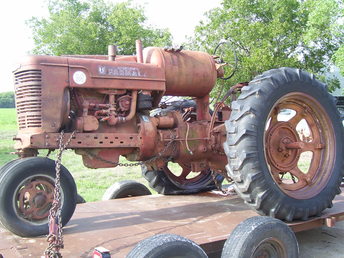
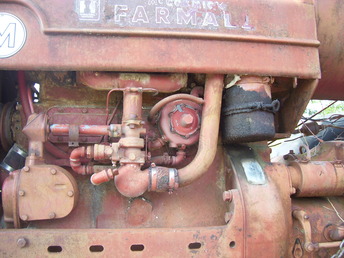
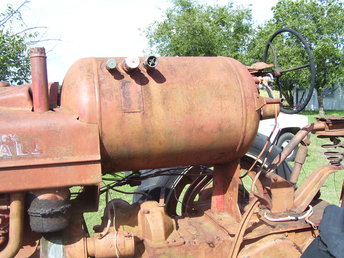
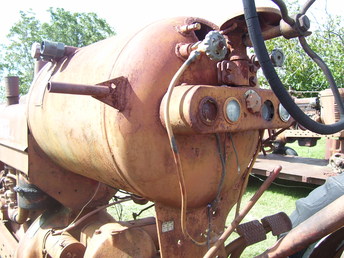
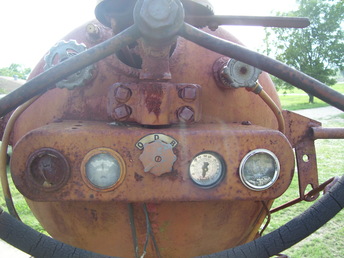
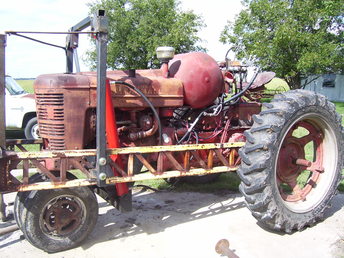
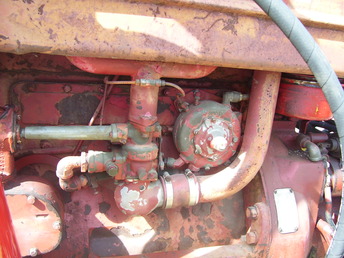
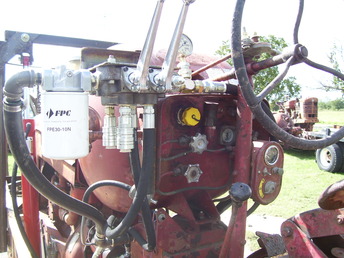
Not your typical LP conversion hack job. I wonder if it was some sort of a kit or if the same group who did the SMTA's did some M's on the side.
The bottom three photos, for comparison are my '53 Super M LP.
Both tractors have the cold manifold. However, the '41 has "LP GAS" cast into the side of the intake half.









